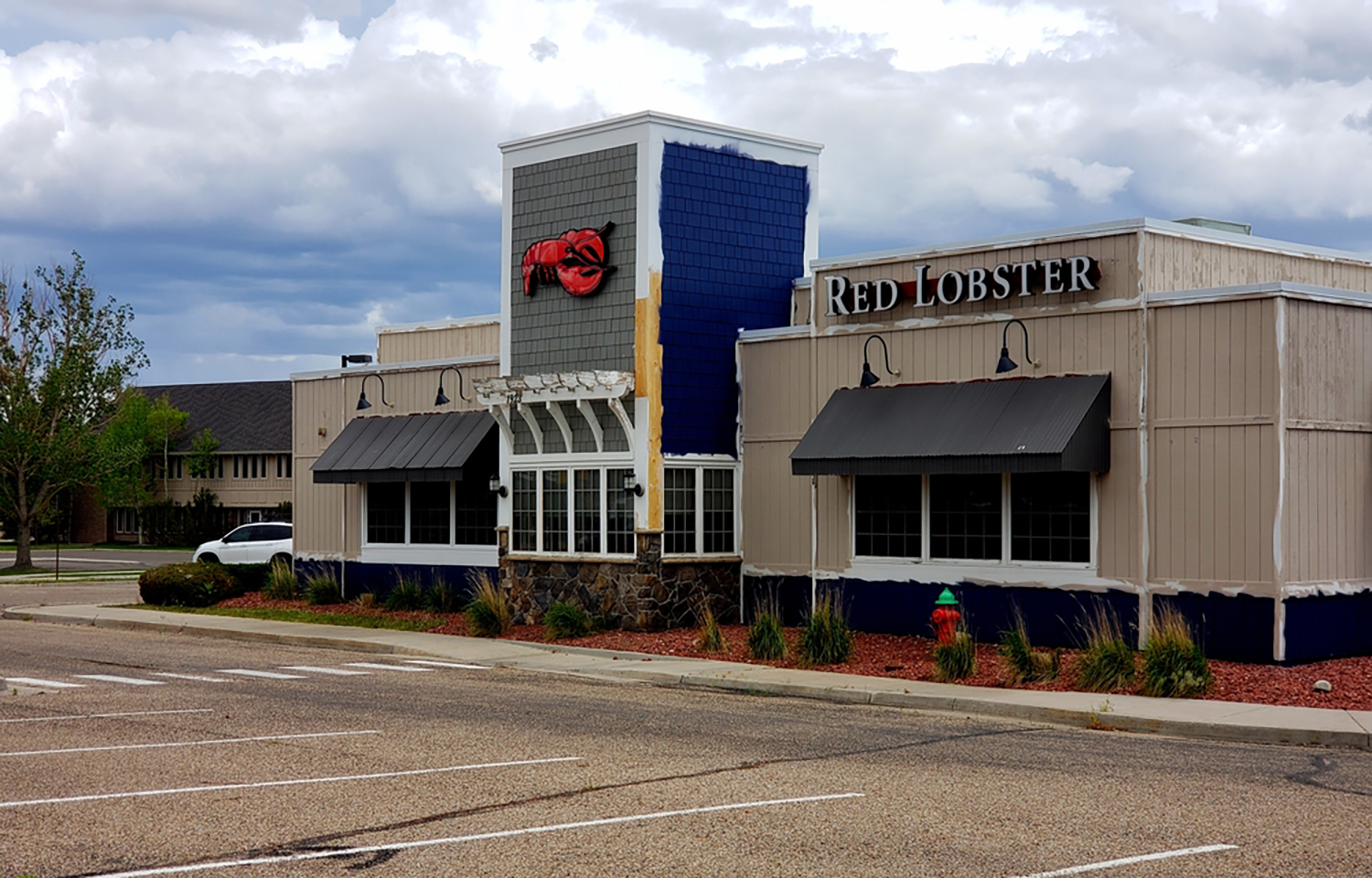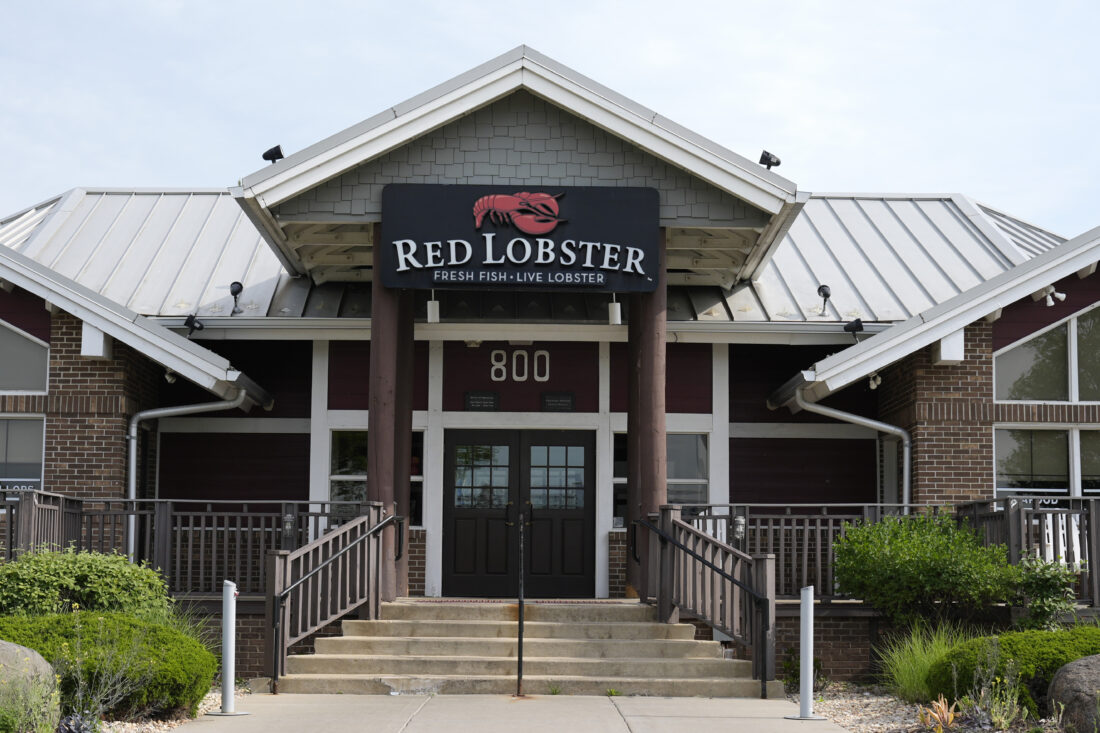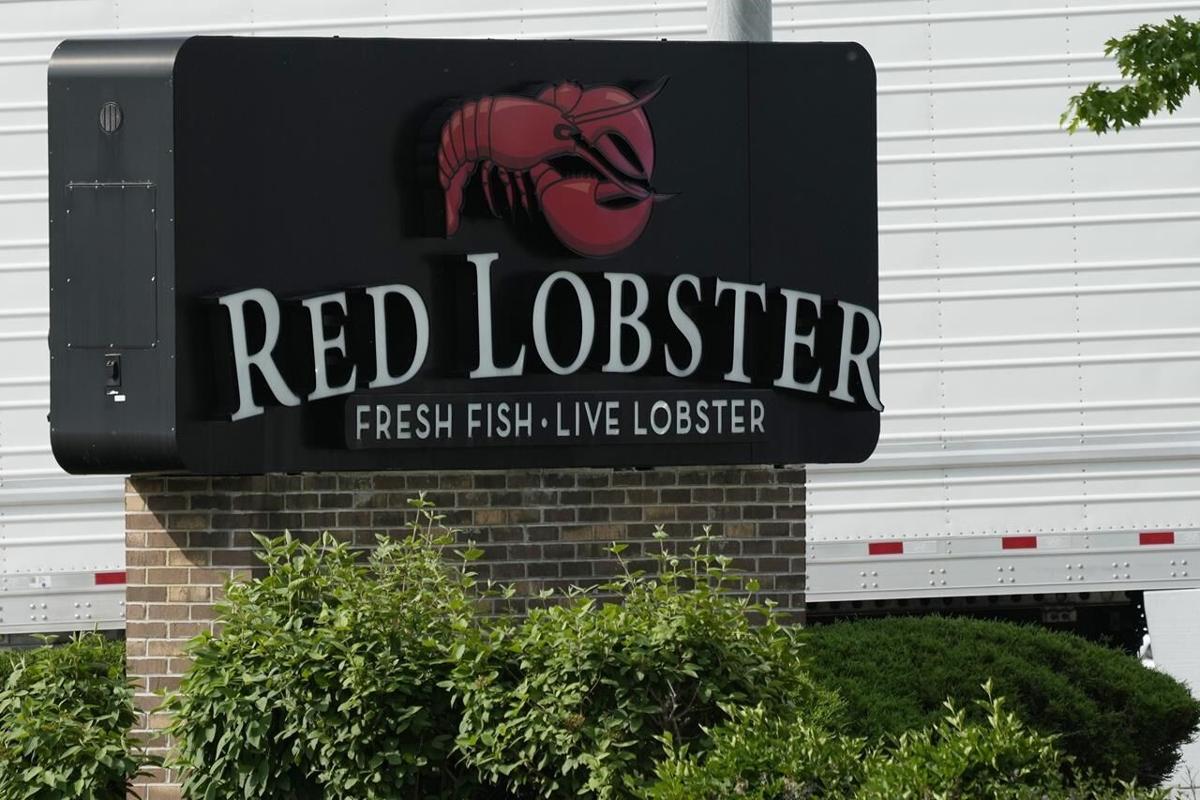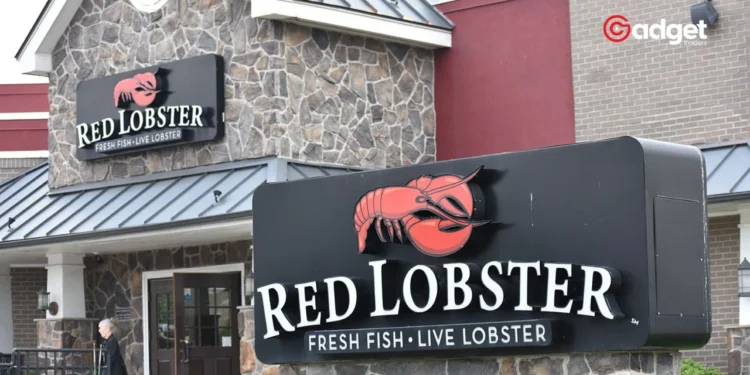Red Lobster, once a beloved staple for seafood enthusiasts, has found itself in troubled waters. Following a series of strategic missteps and market pressures, the company sought Chapter 11 bankruptcy protection after closing nearly 100 outlets across the United States. This dramatic turn of events marks a significant fall from grace for a brand that had prided itself on bringing seafood to the masses.

Unraveling the Miserable Work Life
Les Foreman, a former vice president at Red Lobster, shared a stark view of his last year and a half with the company. “It was miserable,” Foreman stated, criticizing the management approach of Thai Union, which acquired a majority stake in the chain in 2020.
Despite promises to avoid interfering with the day-to-day operations, Thai Union’s involvement grew, leading to significant disruptions within the company’s governance.
This corporate turbulence saw an alarming turnover at the executive level, with five CEOs stepping in and out of the leadership role within just five years. Such instability has been catastrophic for Red Lobster, contributing to its downward spiral amidst already challenging economic conditions, including rising interest rates and labor costs.
She explained perfectly what happened to Red Lobster and this made me dislike billionaires even more because what was the reason other than greed? pic.twitter.com/tbYXgTz8IK
— Sassington, M.C. (@MissSassbox) May 27, 2024
A Pattern of Price Cuts and Promotions Gone Awry
Aaron Allen, a seasoned restaurant industry consultant, reflected on Red Lobster’s historical pricing strategies that often backfired. Notably, the “Endless Crab” promotion in 2003 and a similar “Ultimate Endless Shrimp” event decades later both resulted in substantial losses due to unforeseen market shifts. “The fact that they would have this kind of corporate amnesia is a fascinating case study in corporate food service,” Allen remarked.

Despite attempts to reposition itself as a high-end dining experience in the mid-2000s, Red Lobster struggled to balance increased costs with consumer demand for affordable dining options. The ongoing challenges with lease and labor expenses, coupled with evolving dining preferences, continued to plague the chain.
A Future Uncertain But Hopeful
Despite the bleak outlook, the current CEO, Jonathan Tibus, who took over in March, remains optimistic about the chain’s restructuring plan. “This restructuring is the best path forward for Red Lobster. It allows us to address several financial and operational challenges and emerge stronger and re-focused on our growth,” said Tibus.

Red Lobster assures its patrons that its operations will continue, with over 600 locations remaining open during the bankruptcy proceedings. This includes a mix of company-owned and franchised outlets spread across the US, Canada, Mexico, Japan, Ecuador, and Thailand, employing around 36,000 staff members.
The Legacy and Lessons of Red Lobster
Red Lobster’s story is a poignant reminder of the volatile nature of the restaurant industry. Once celebrated for its innovative seafood promotions and ability to bring a taste of the ocean to the public, the chain now faces a future filled with uncertainty.
As it navigates through bankruptcy, the lessons drawn from its rise and fall will resonate not just within the company but across the broader industry, serving as a cautionary tale about the risks of losing sight of core operational efficiencies and market dynamics.
For continuous updates on this story and more, make sure to sign up for our free newsletters, keeping you informed directly in your inbox.










